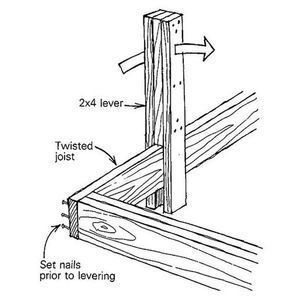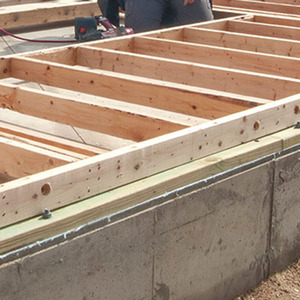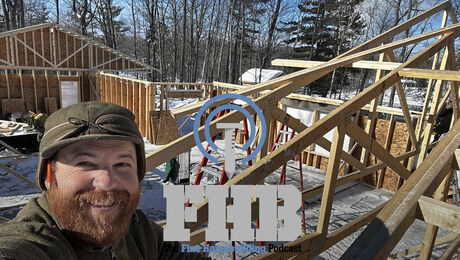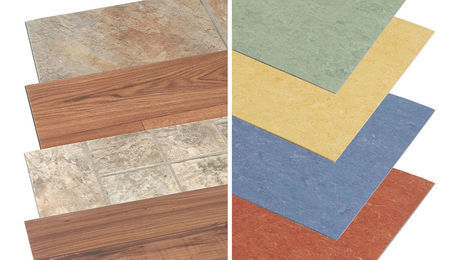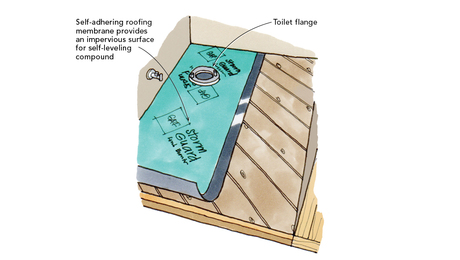Install Wood Flooring Series: Getting Ready
A wood floor is only as good as the subfloor it goes over. Learn how to prep the surface for a flat and stable floor.
Learn why and how to acclimate flooring, level the subfloor, and install a moisture retarder, before you start installaing a new floor.
Video Transcript:
I’ve installed a lot of wood floors over the years. When I get the flooring, I don’t just go and install it right away. It needs to acclimate to the environment of the room first. It takes three months when the flooring is stored in its boxes. I gave my wife the option of spreading all the wood out over the floor for a week, but she wasn’t up for that. Although the boxes do slow down the moisture going in and out, if you leave them in the room long enough, the flooring will acclimate. The best way to test this is to use a moisture meter. Point the pins in the direction of the wood grain, and measure the strip as well as the subfloor content. The moisture content of the flooring should be within 4 percent of the subfloor.
A wood floor is only as good as the subfloor it goes over. There are a number of things to check on the subfloor: no protruding nails, no raised edges between plywood sheets, and no highs and lows in the floor. Now, I don’t care whether or not the floor is perfectly level; what I do care about is whether it looks like there are hills and valleys. The floor should be flat within 3/16 inch over a 6-foot span. If it has low spots, I can glue down wood shingles; if the floor is even lower, over 1/4 inch, I can use plywood.
I sand down raised edges with an edging sander. I also use it to sand the subfloor. When I plug in the sander, I make sure it’s lying on its side in case it starts up. The most important tools I have are safety equipment—earplugs, safety glasses.
Once the plywood seams are nice and flush, I’ll check the subfloor again for protruding nails before laying down the paper, and hammer them in. Then I’ll give a quick sweep. It doesn’t have to be spotless; a push broom is fine.
The floor area is about 8-1/2 feet by 22 feet. I have to figure out which direction I want to run the flooring. Normally, wood flooring looks best when it’s run in the same direction as the longest wall. But there are other things to take into consideration. Wood flooring has to be installed perpendicular to the joist.
Before I start laying the flooring, I lay down a paper moisture retarder. It slows the moisture coming out of the subfloor and into the wood floor. It also minimizes the amount of expansion and contraction in the wood floor. The paper helps the wood strips slide into place, too, and provides a barrier that helps stop squeaks. As I lay out the paper, the pieces should overlap on top so that the wood slides in. If I place the next piece of paper under the previous piece, the flooring strips won’t slide over the paper seams.
I tack down the paper so that it doesn’t move while I’m trying to work on it.
In this members-only video series:



